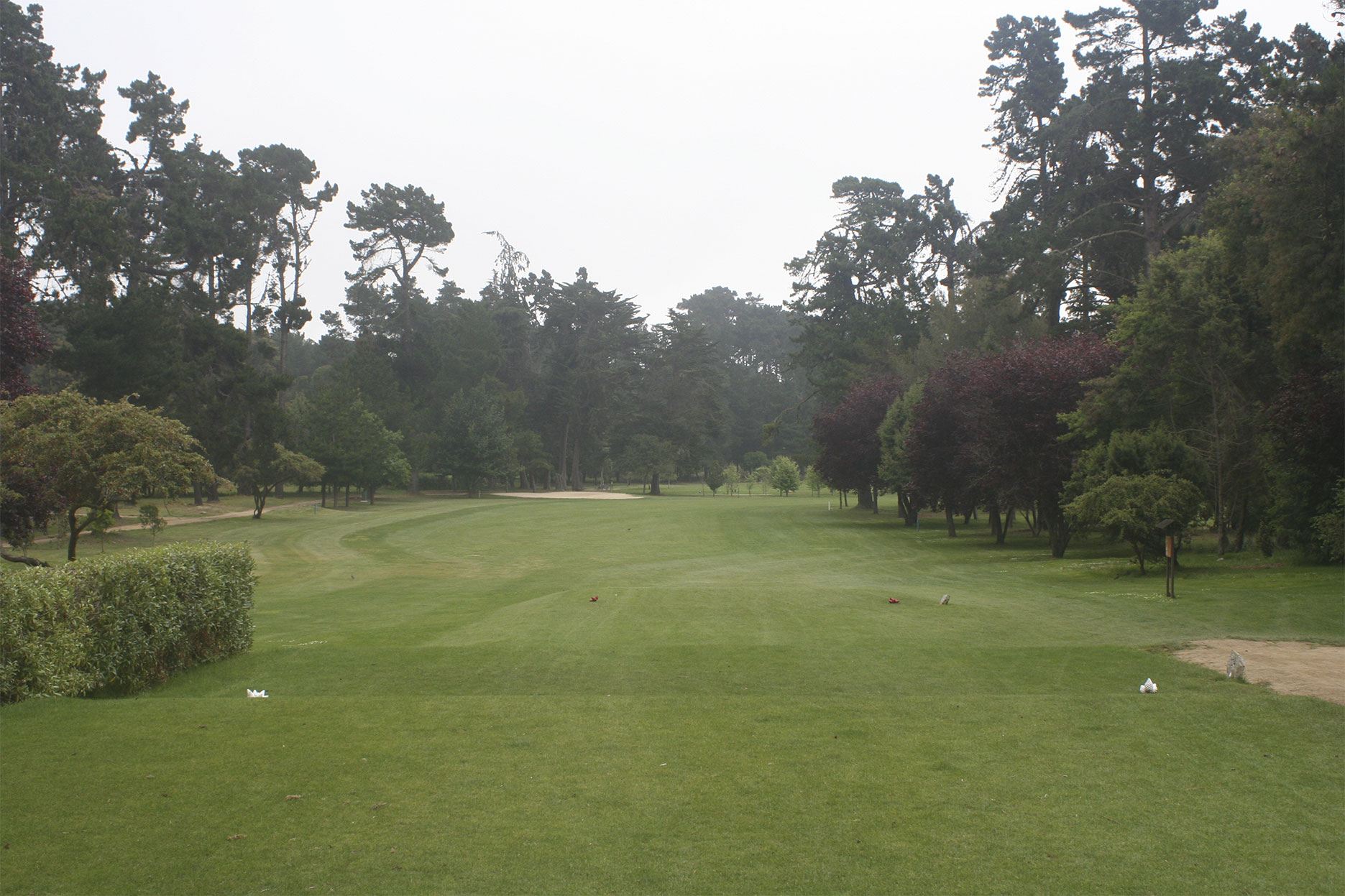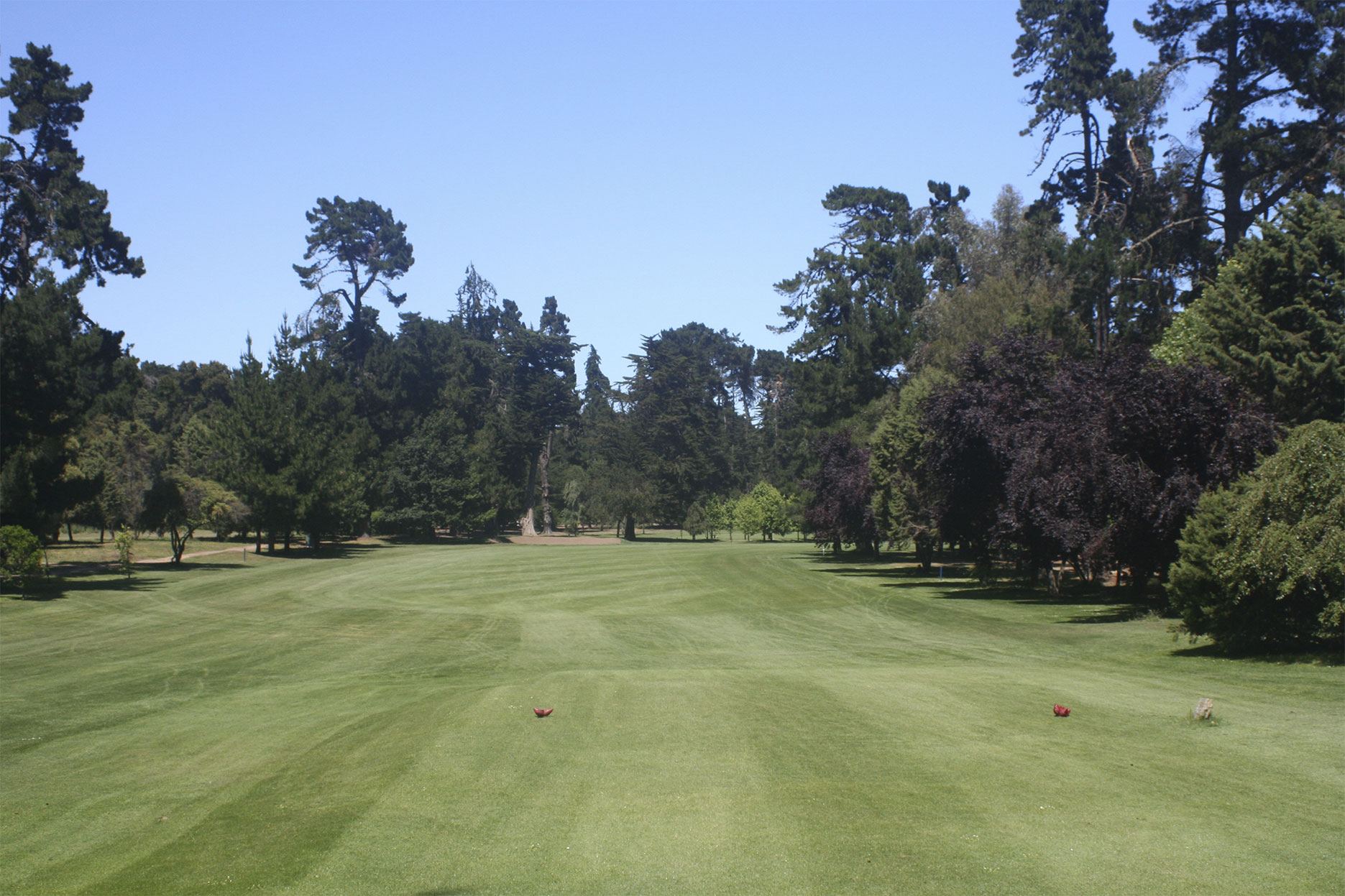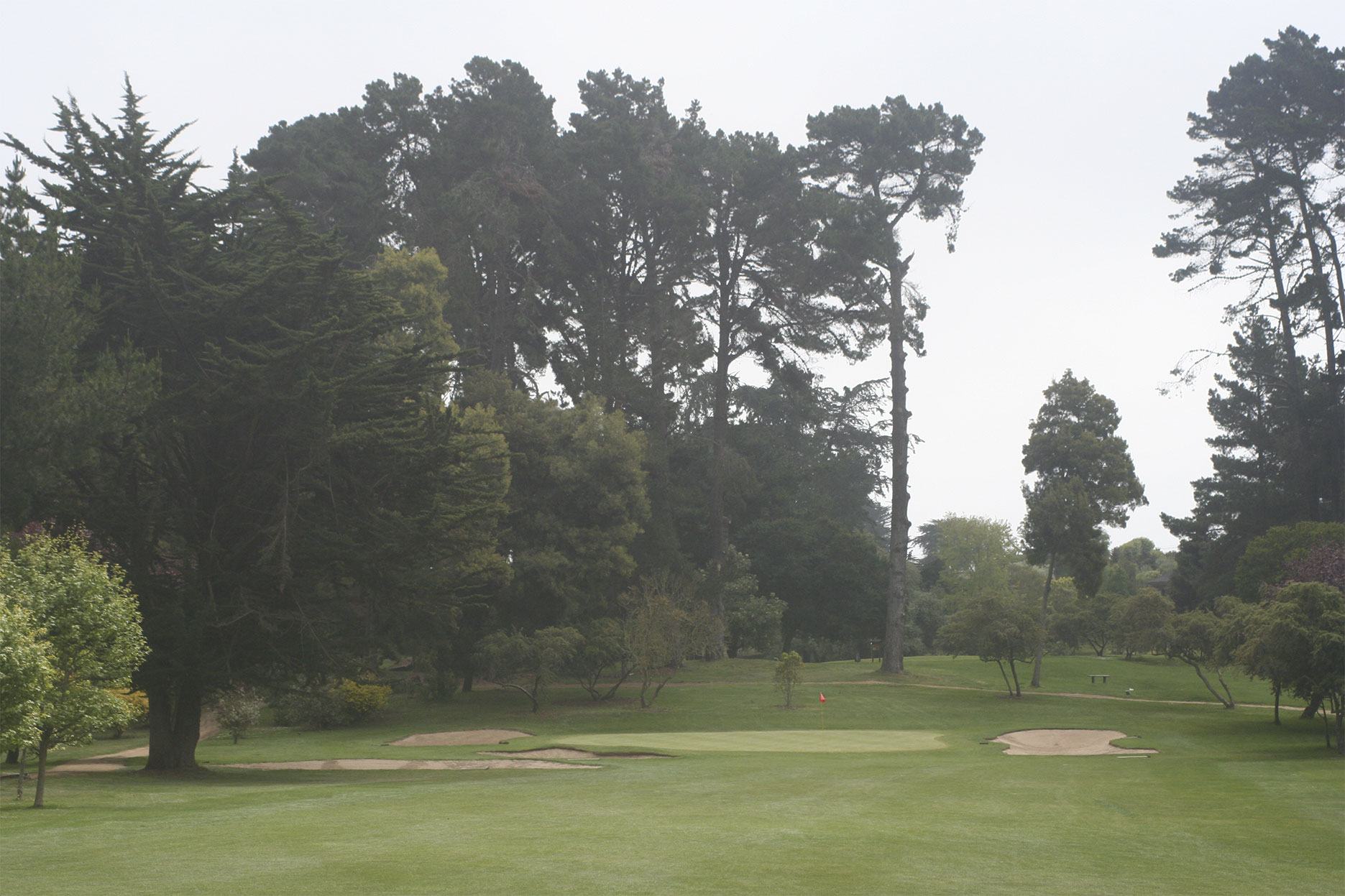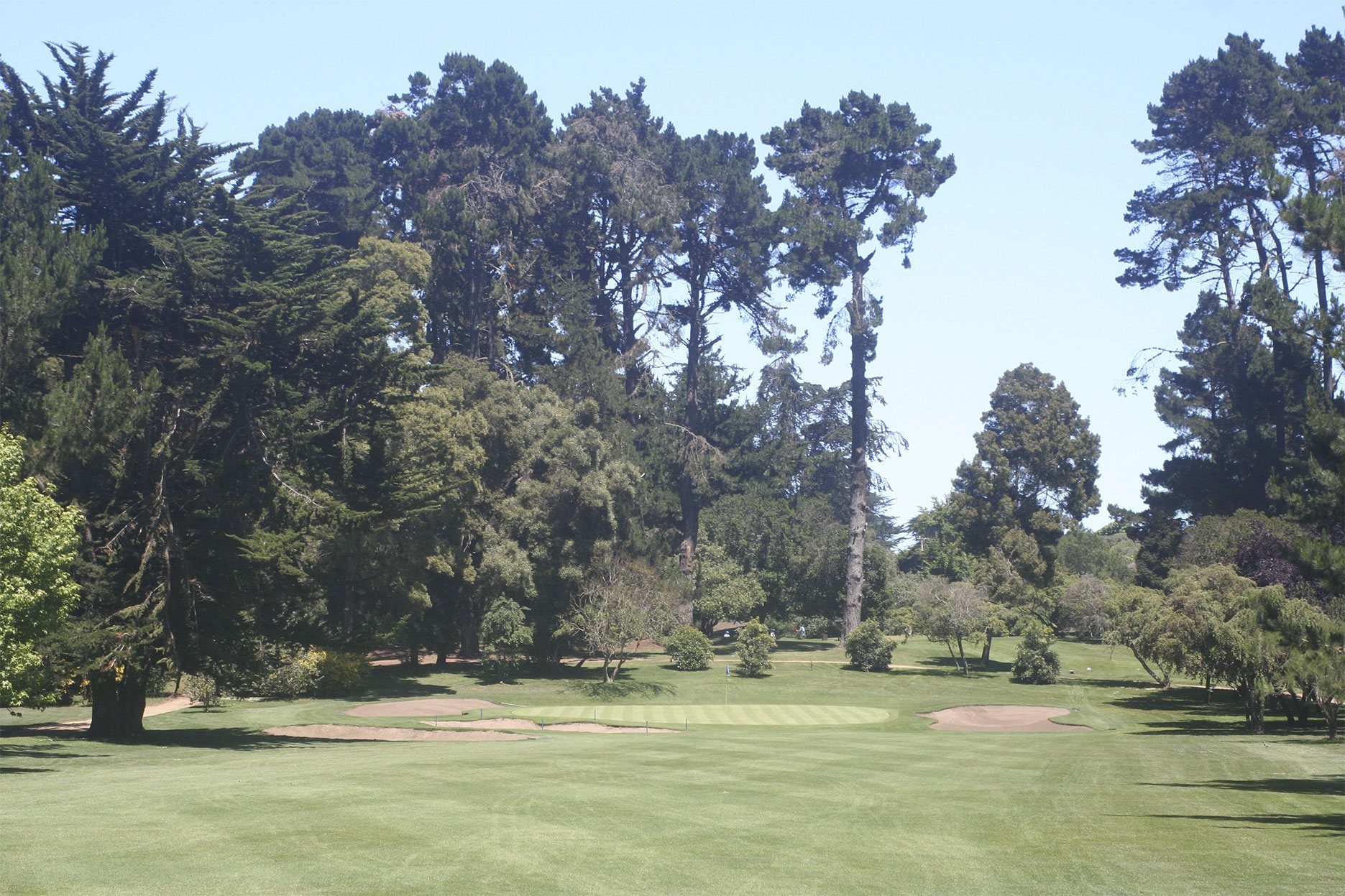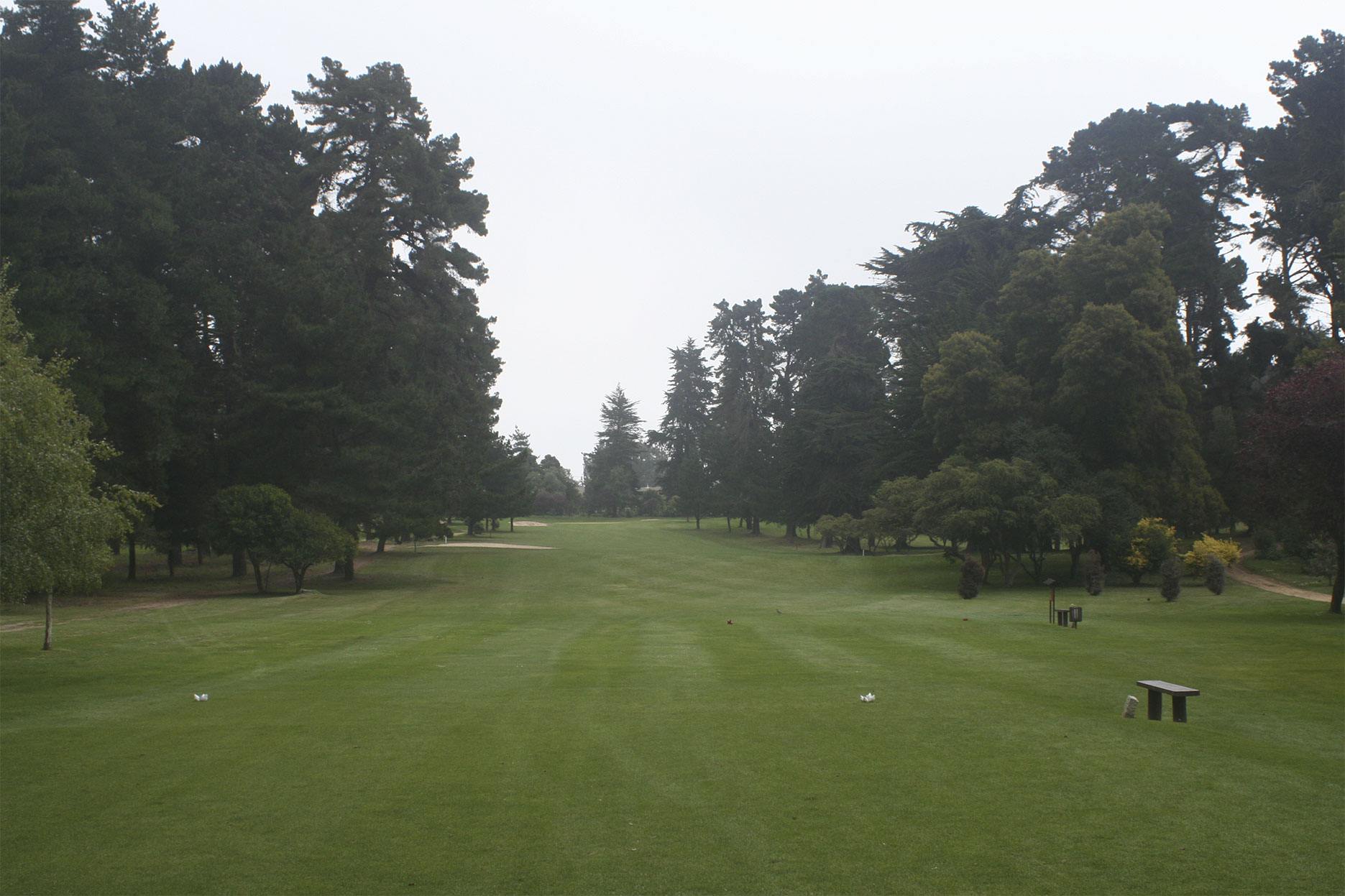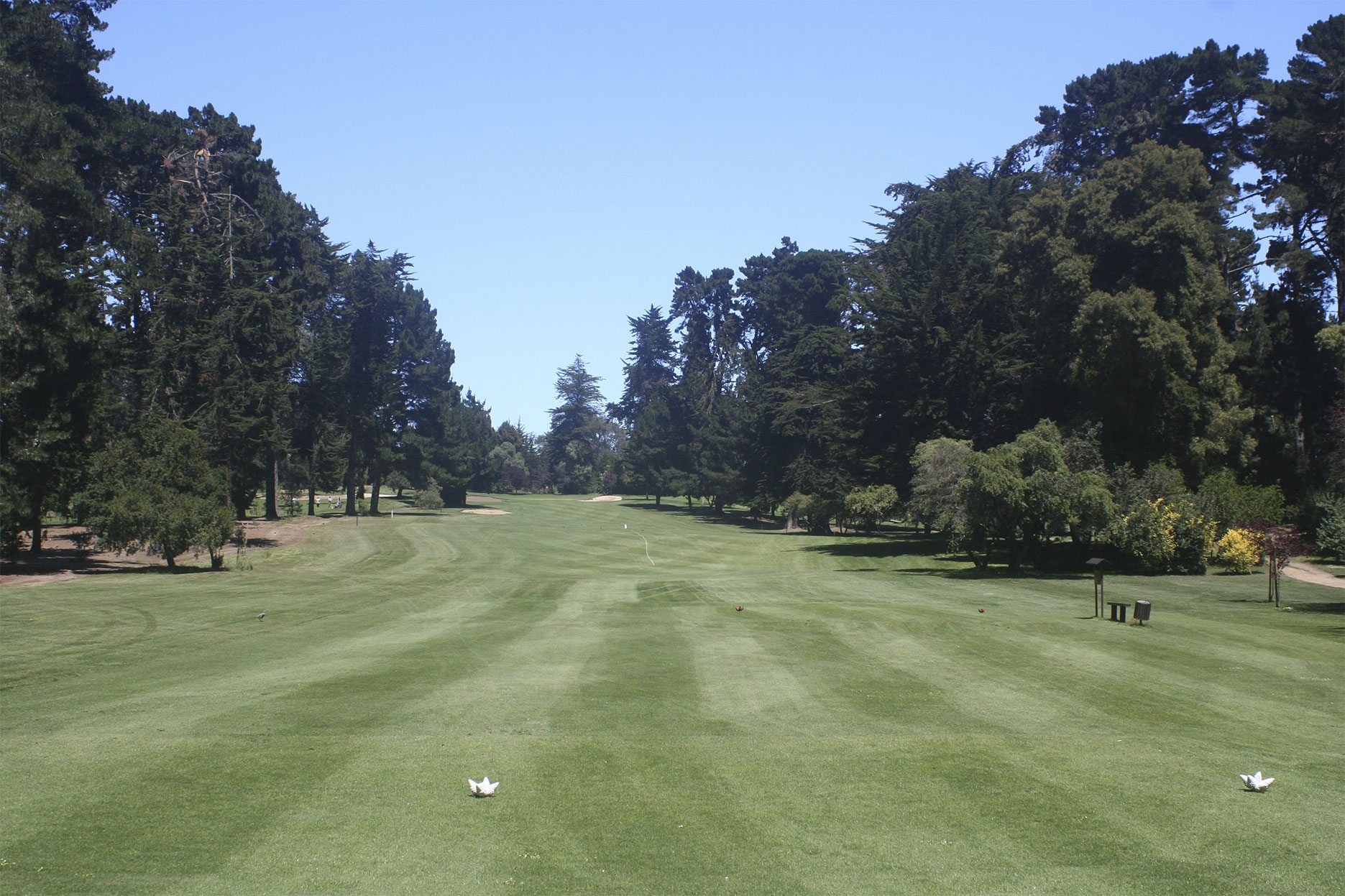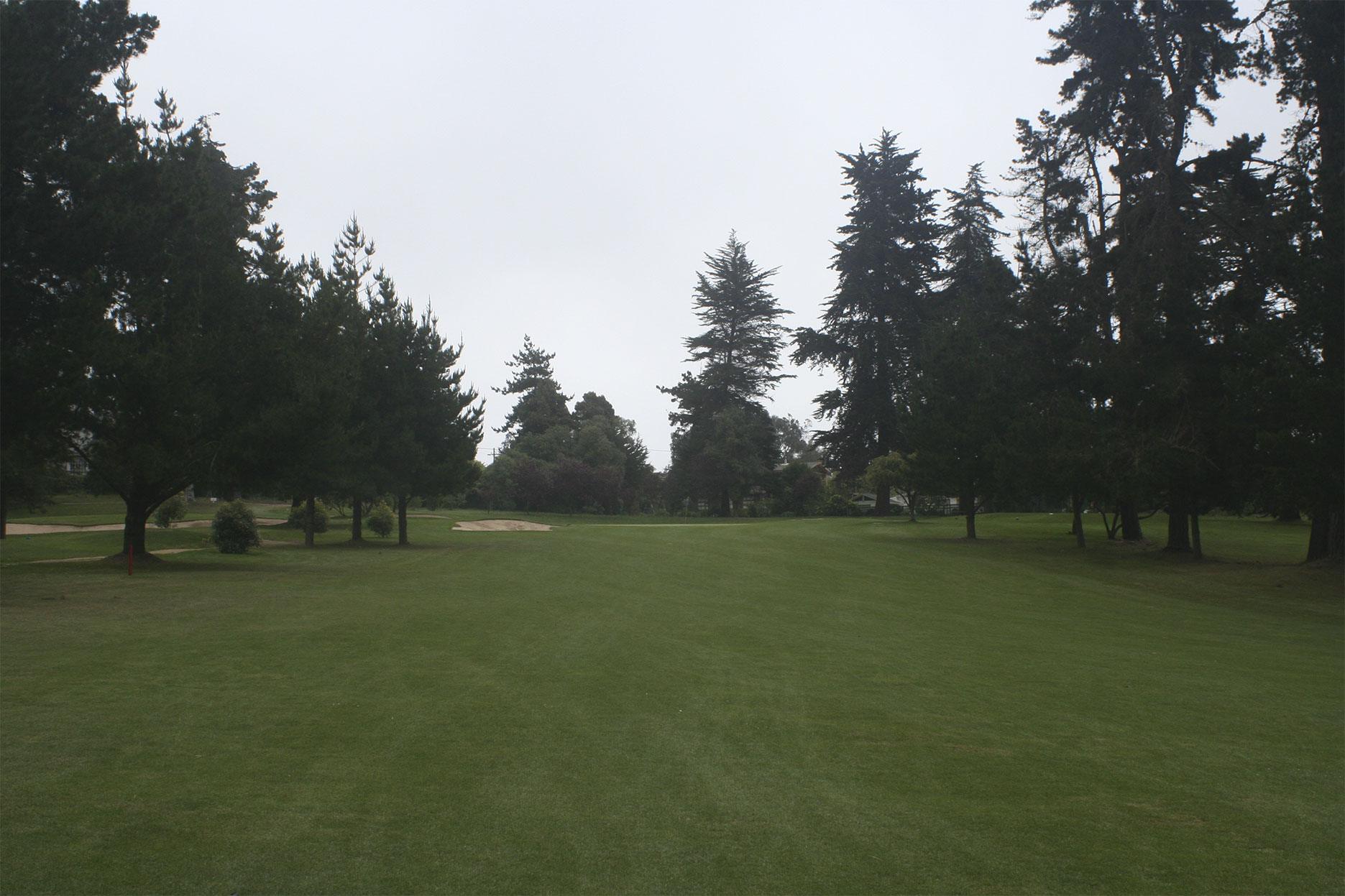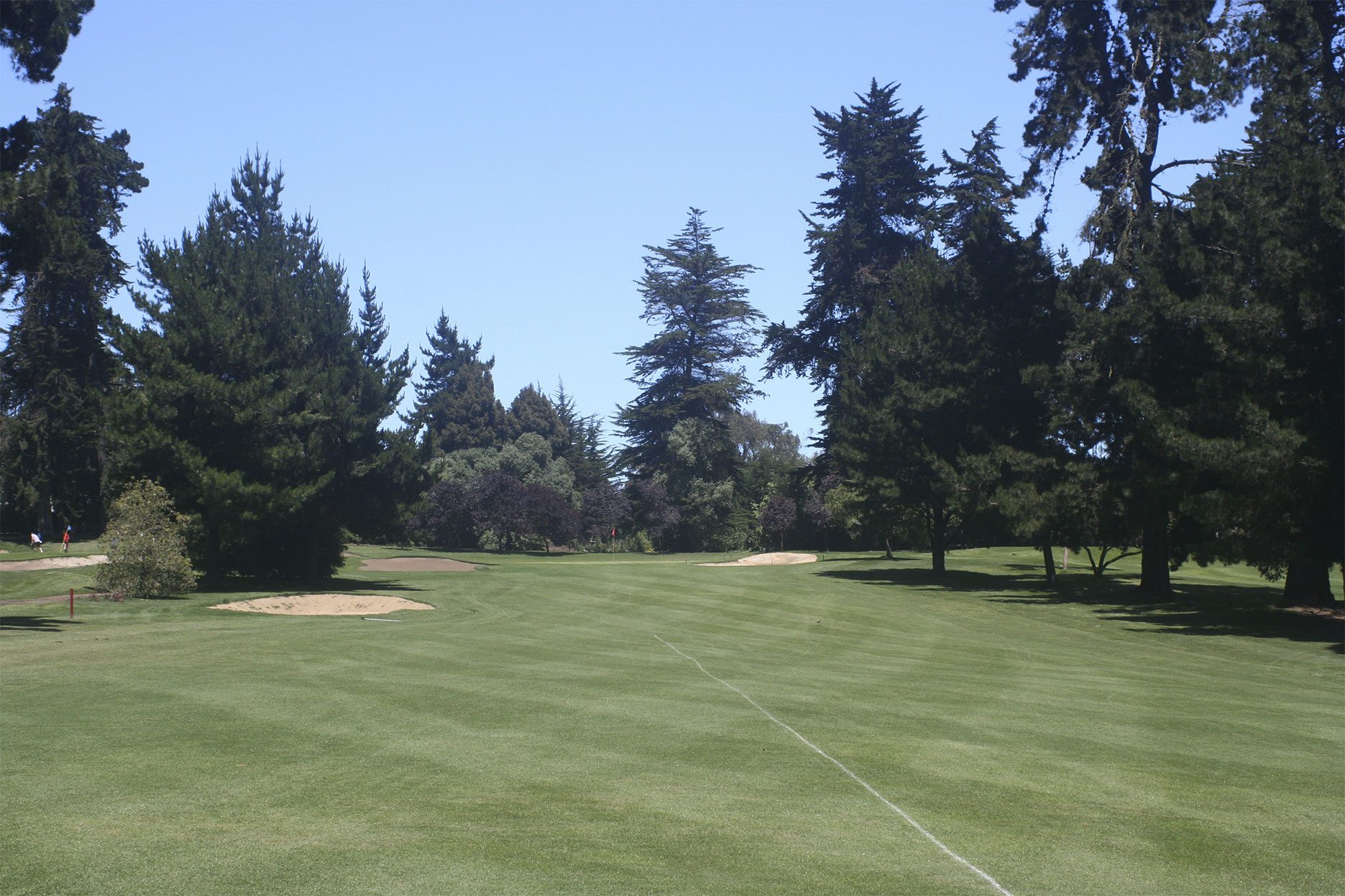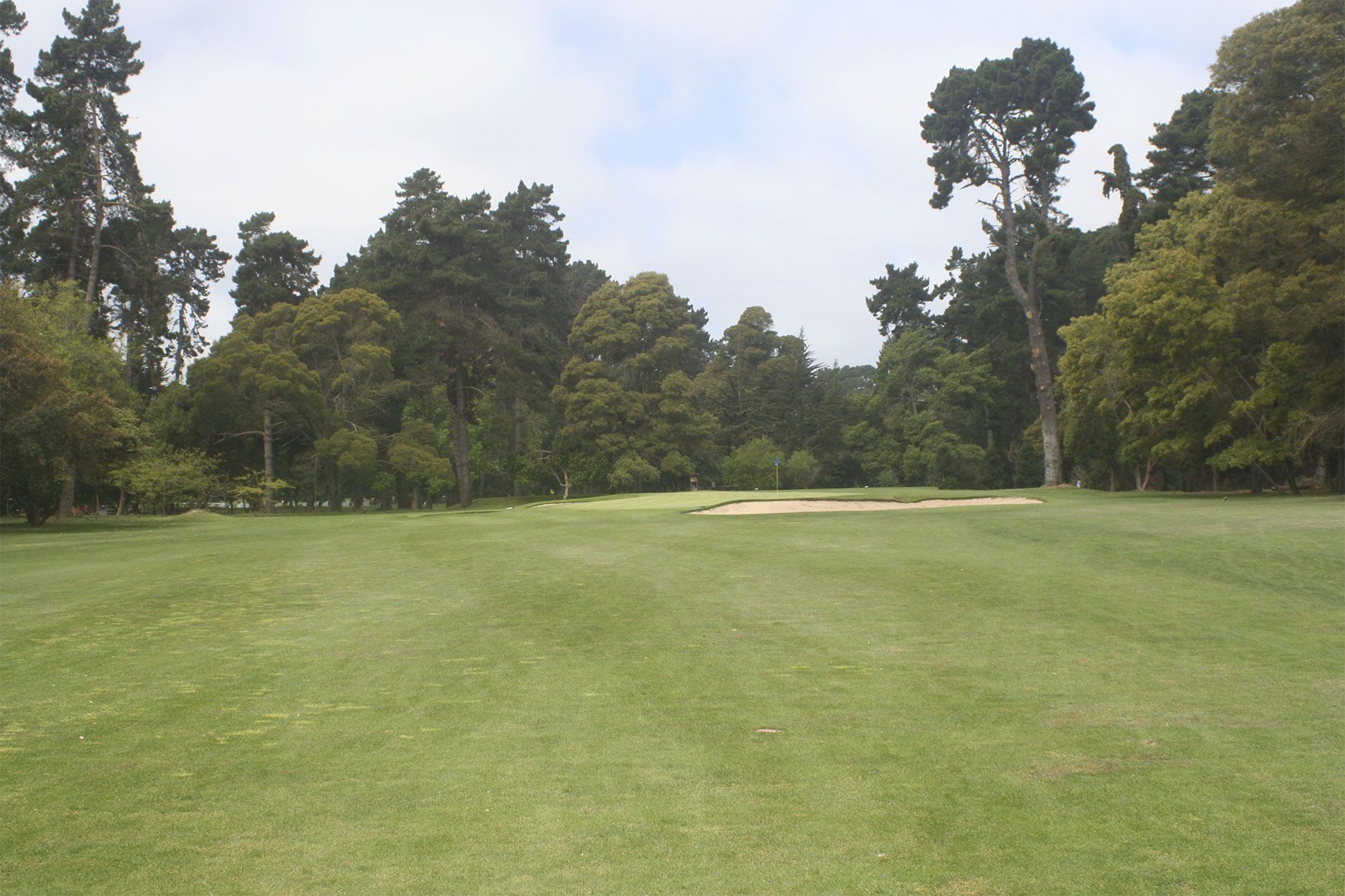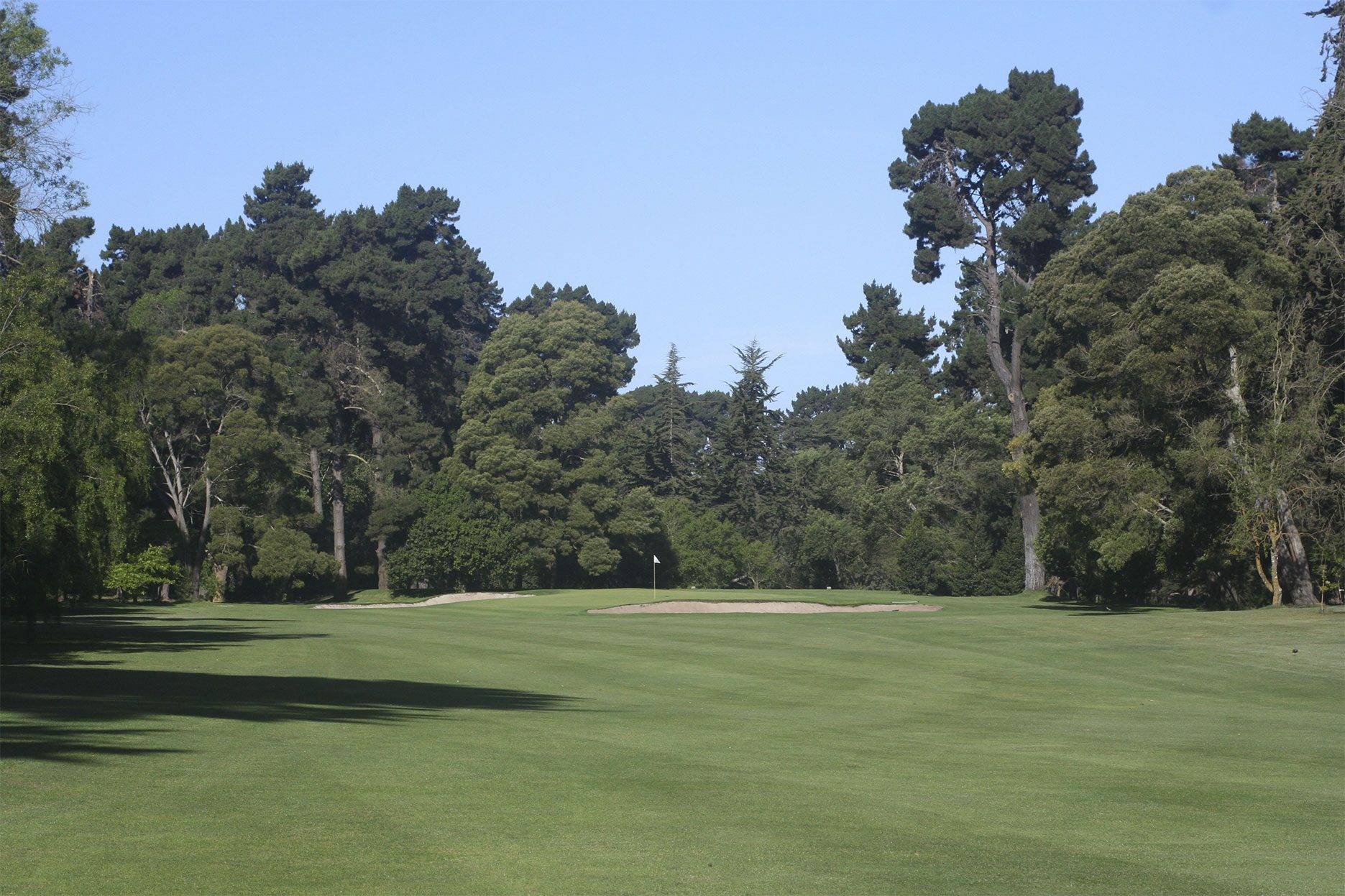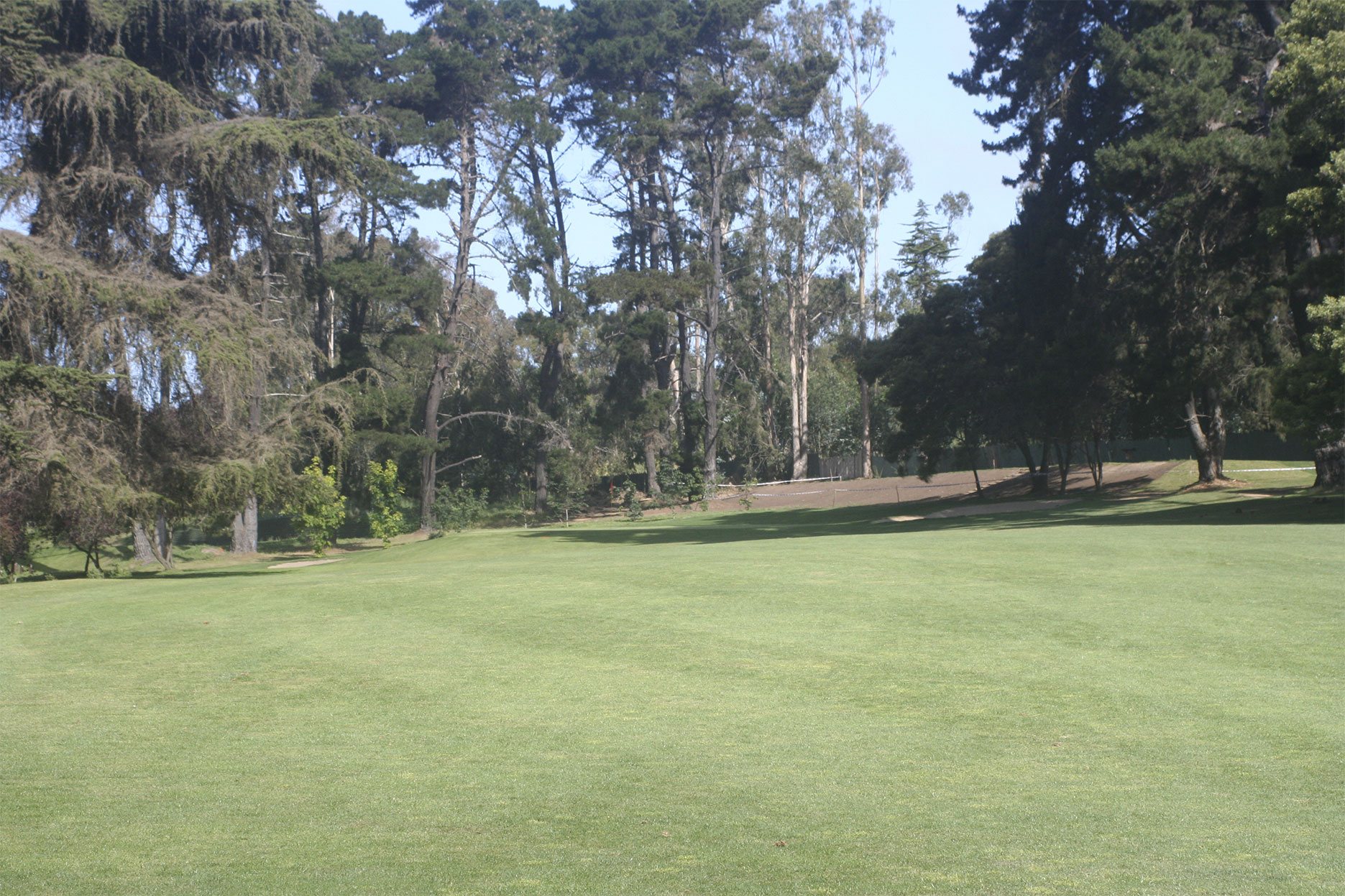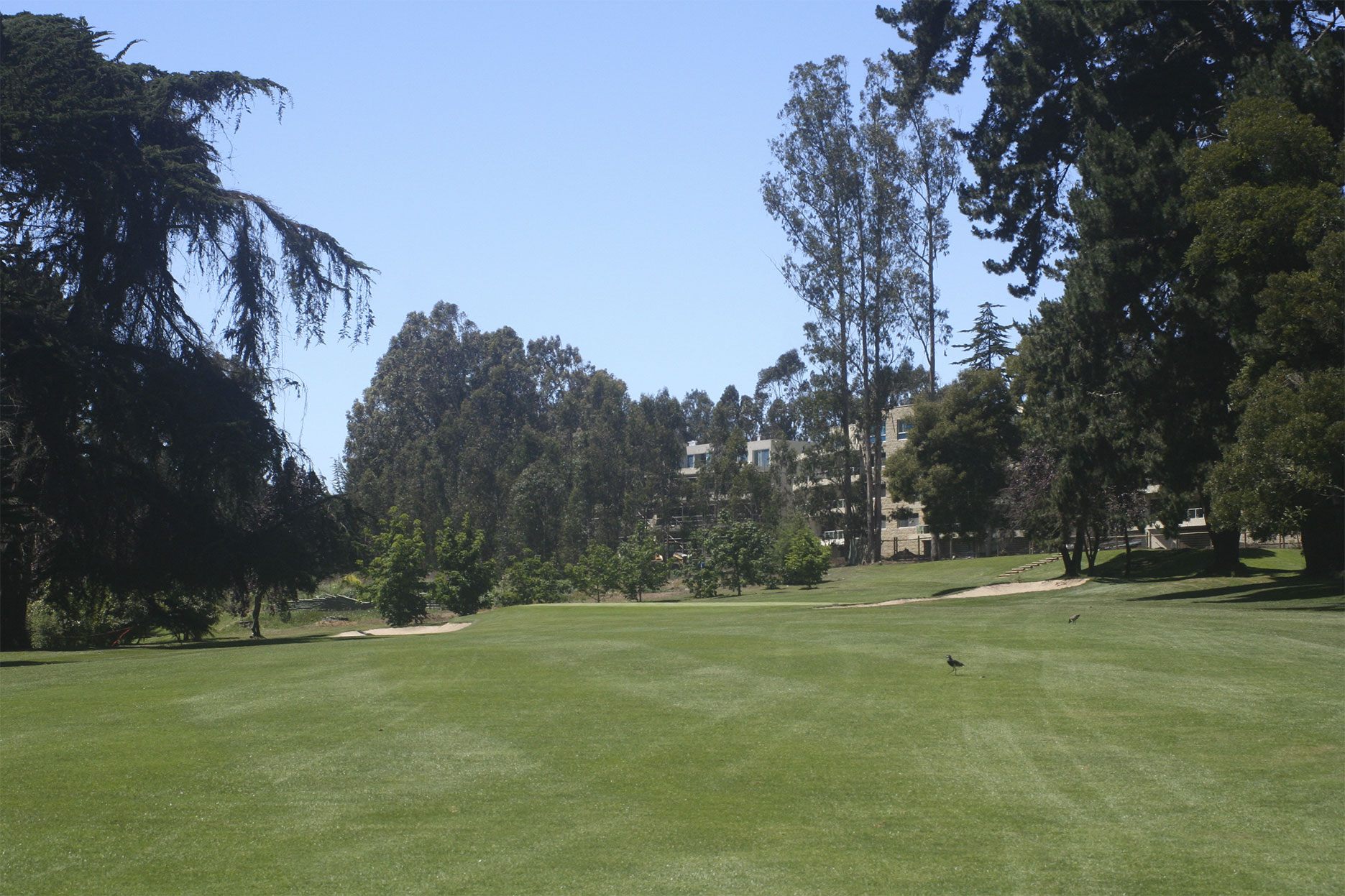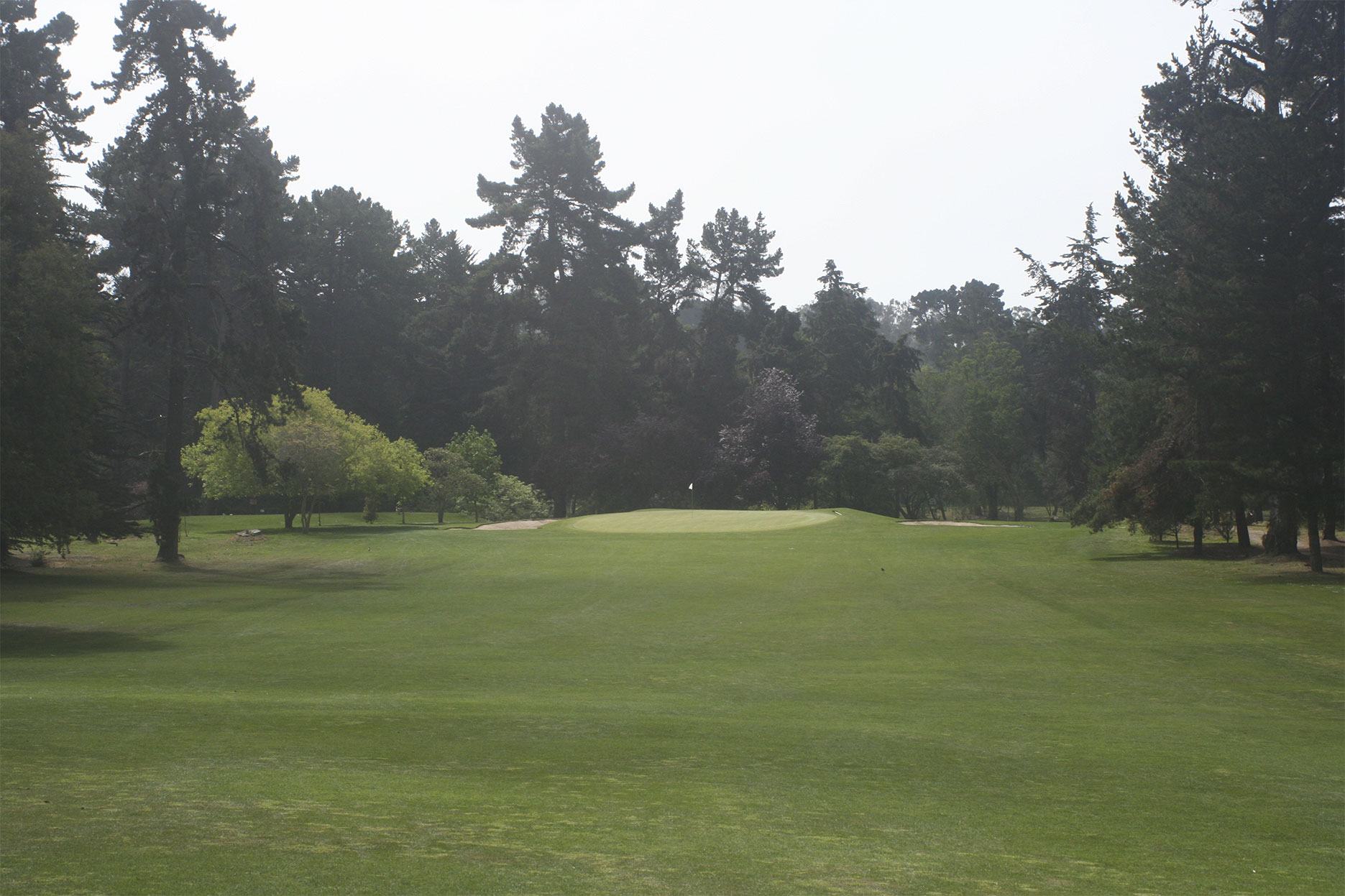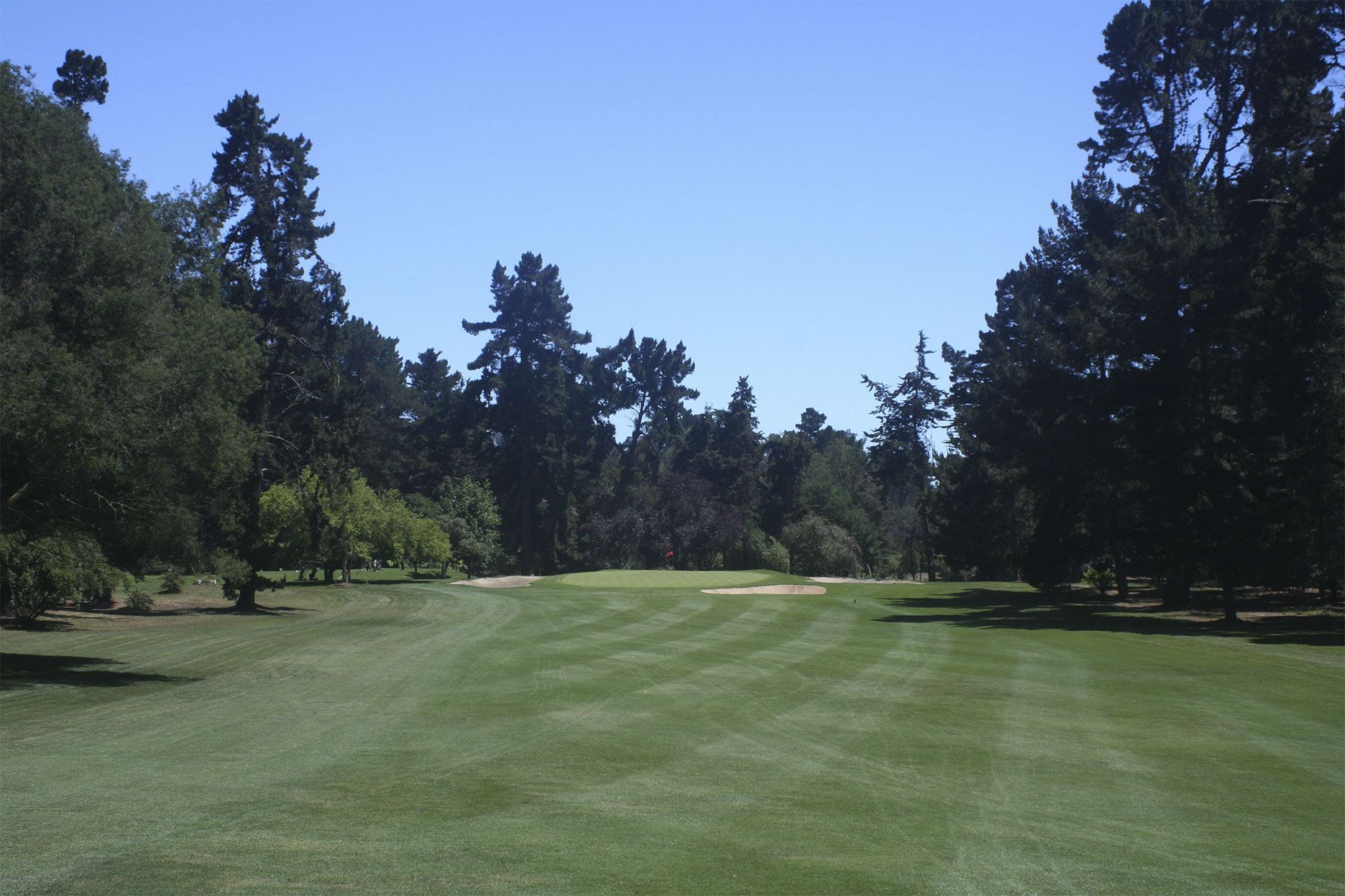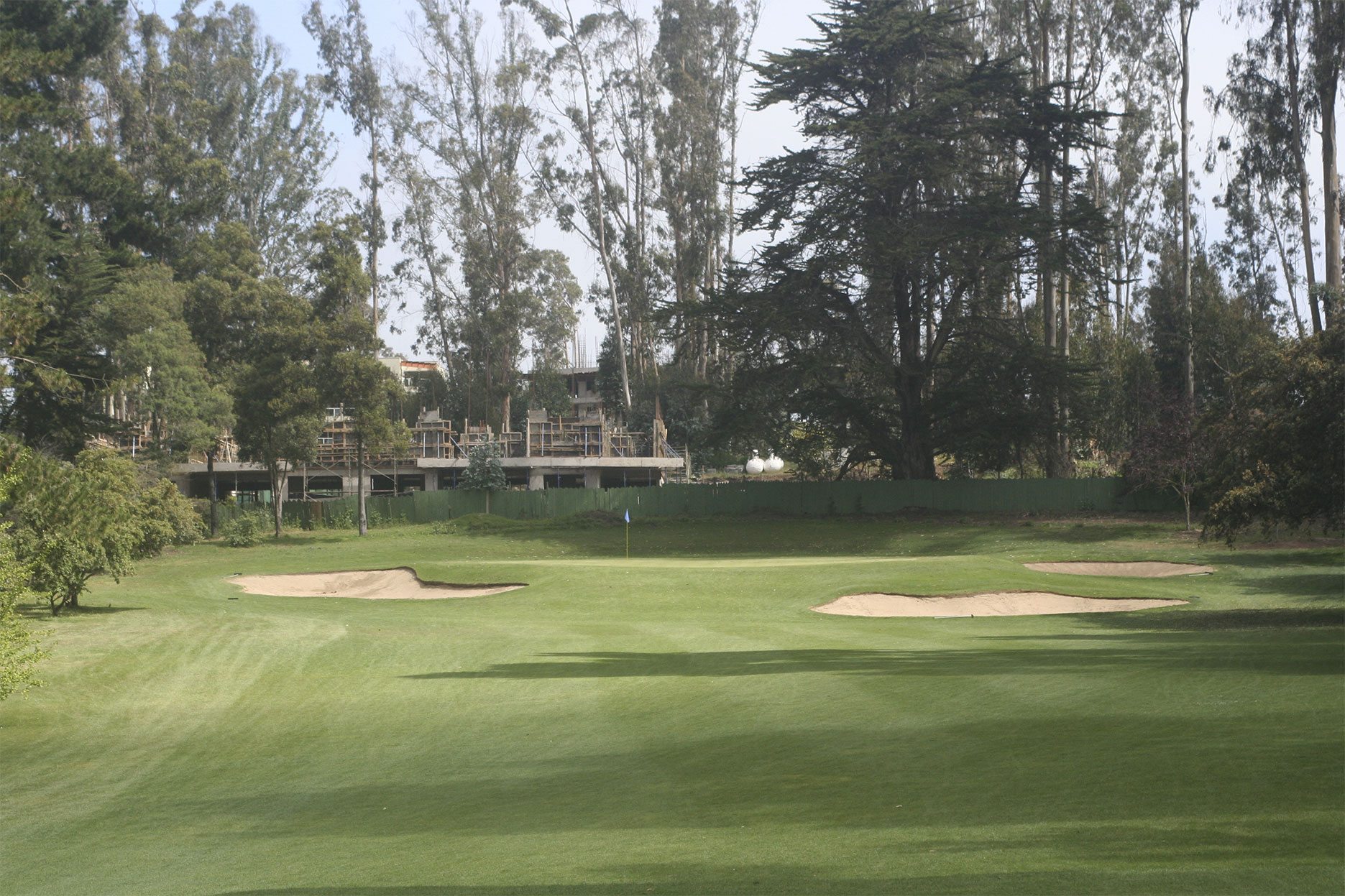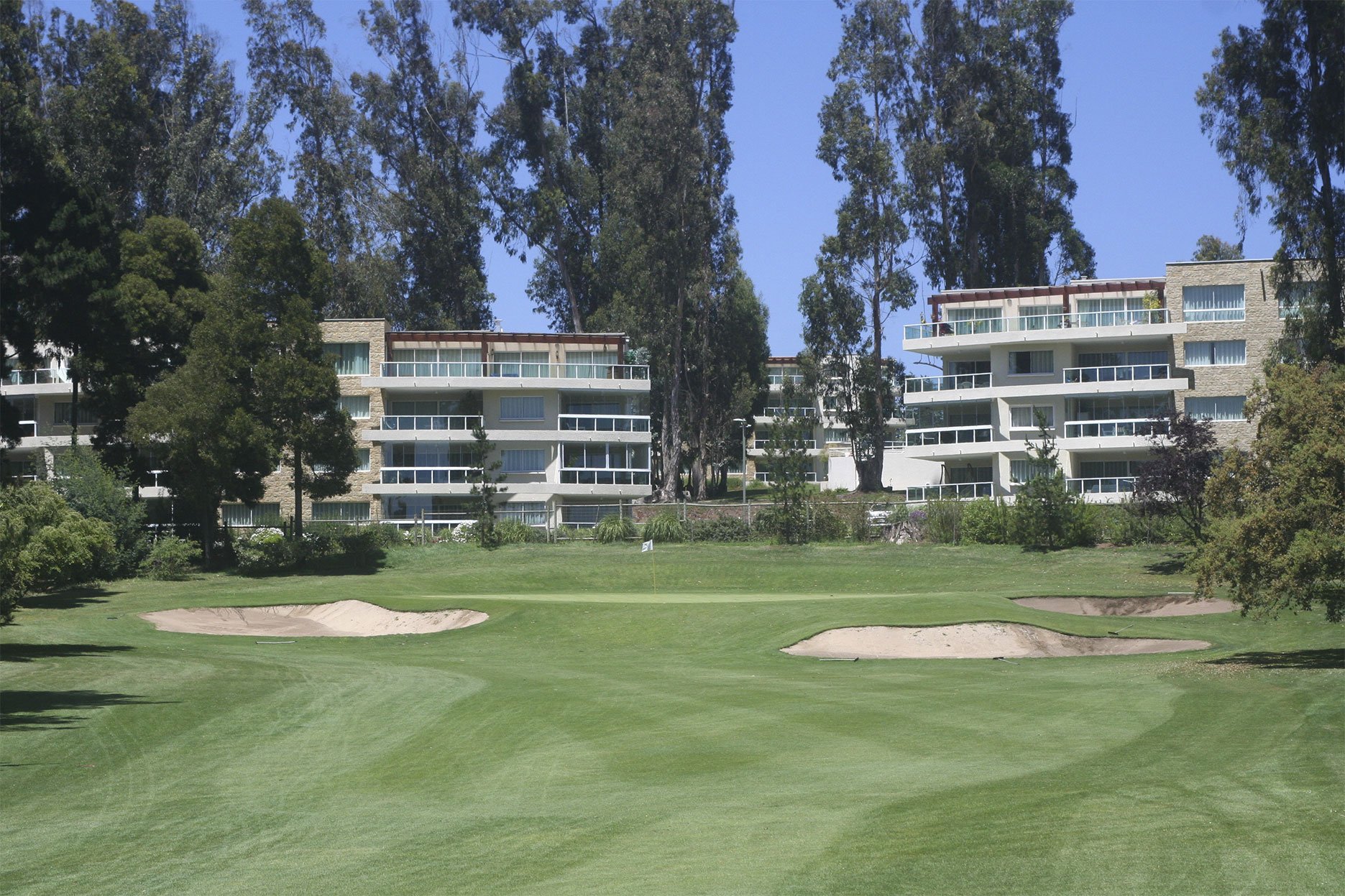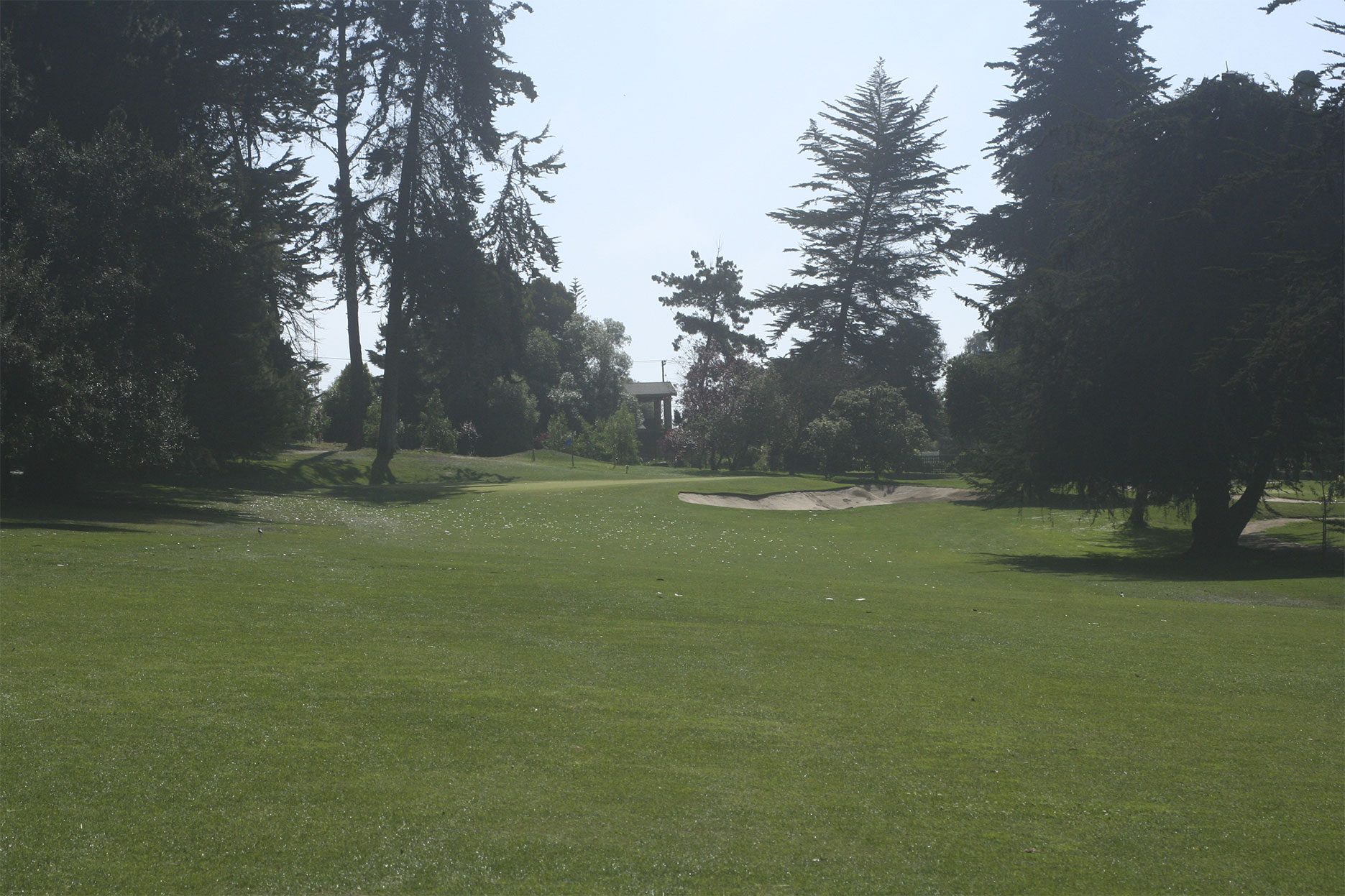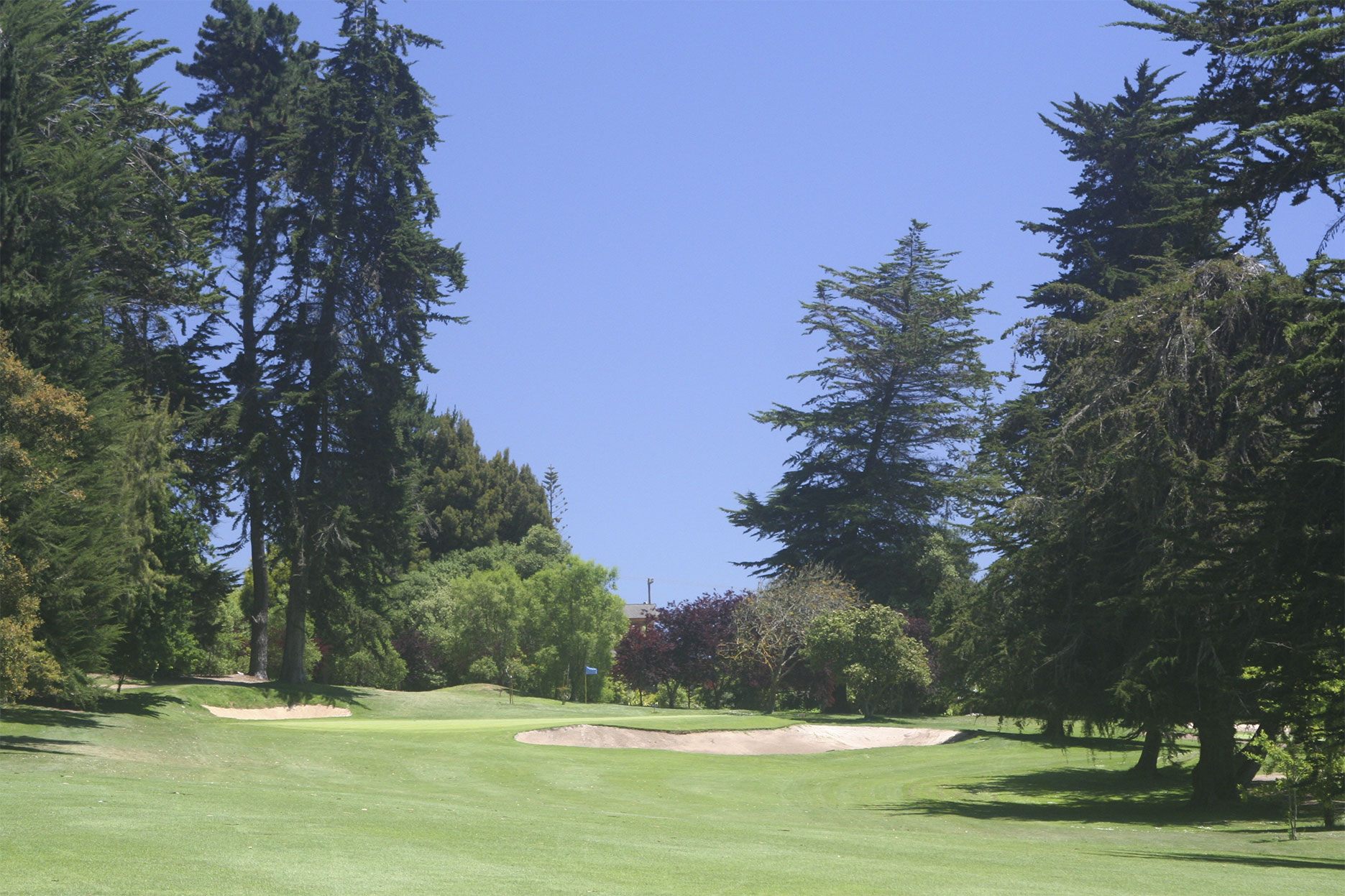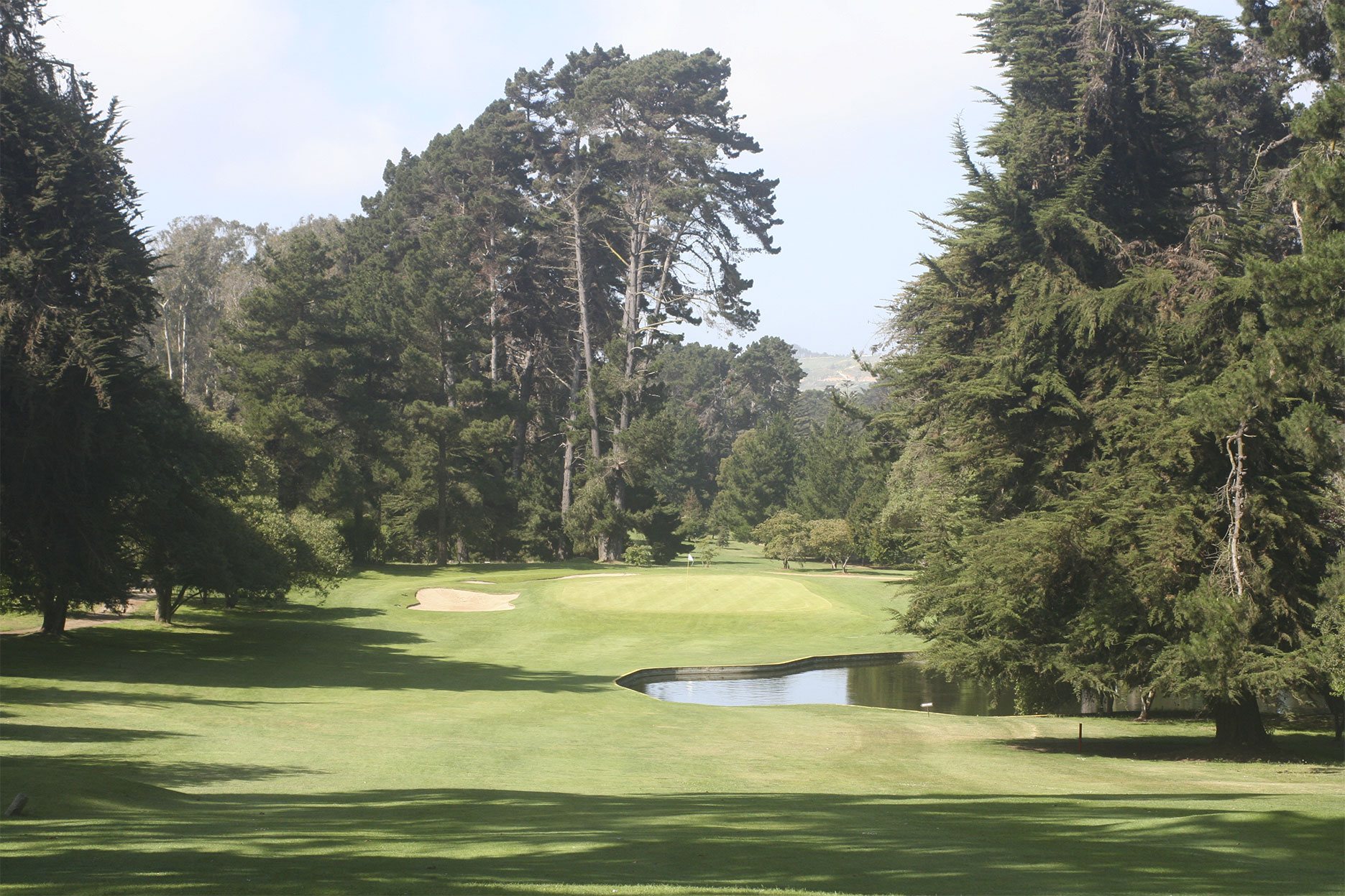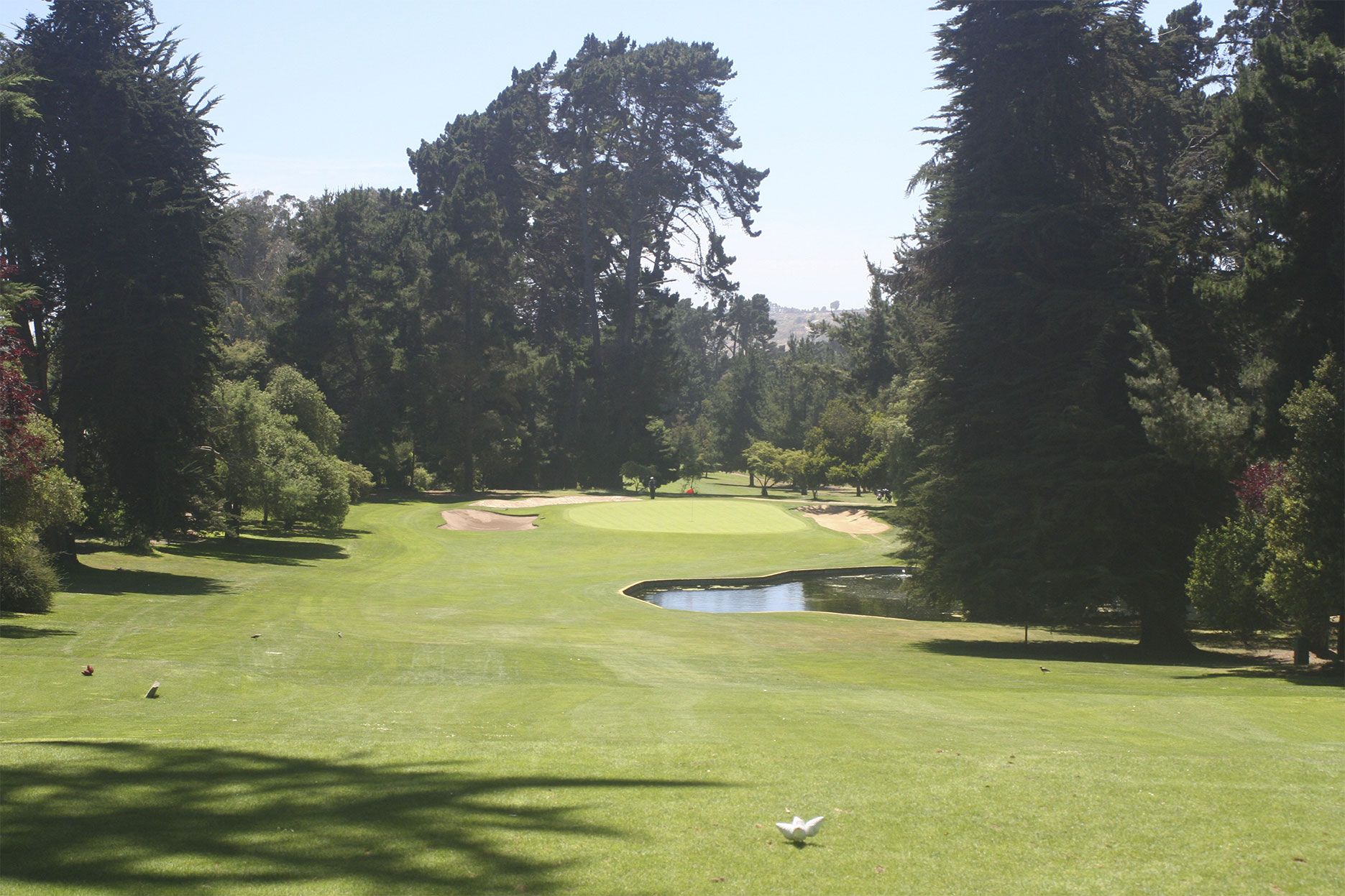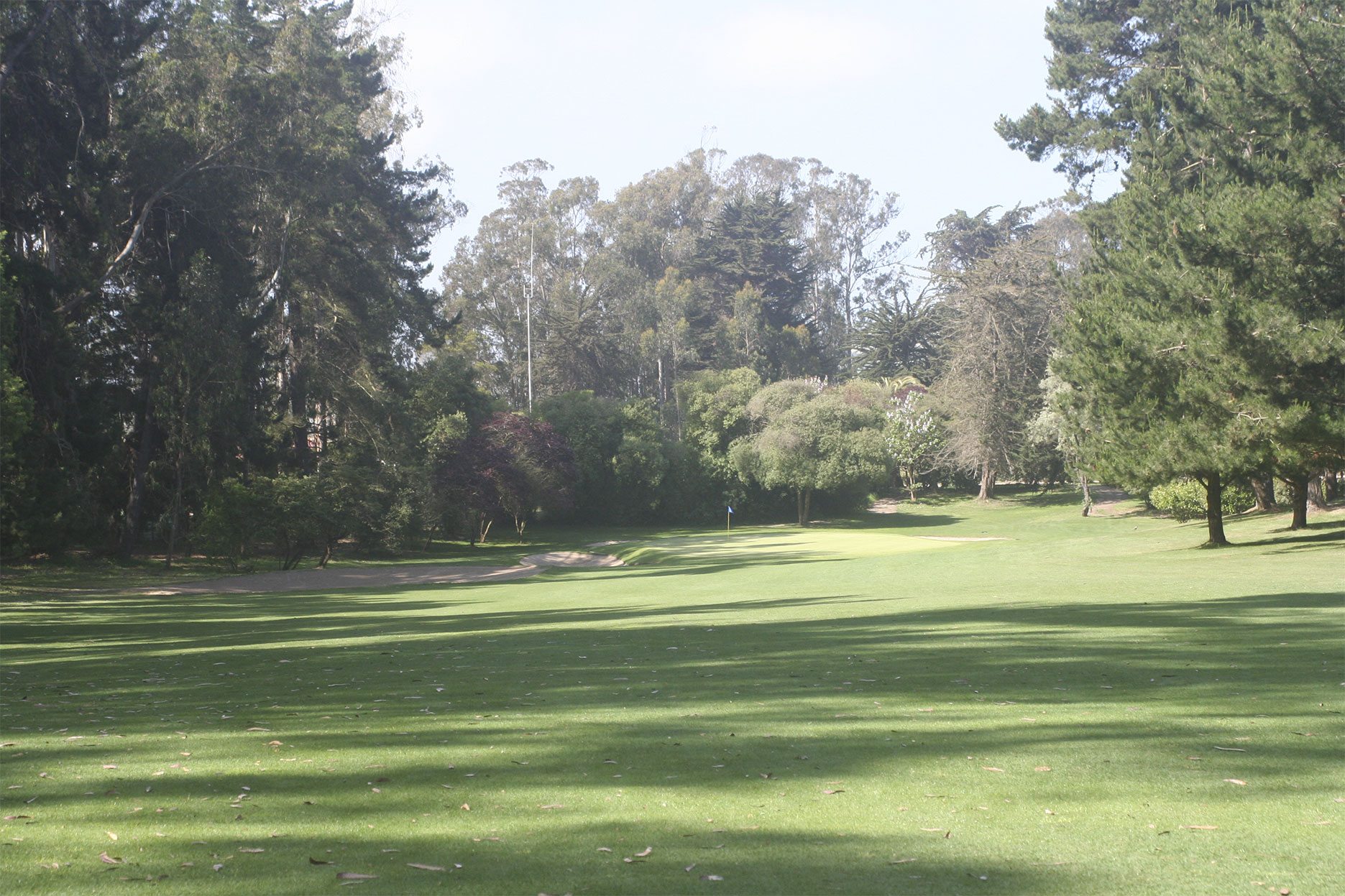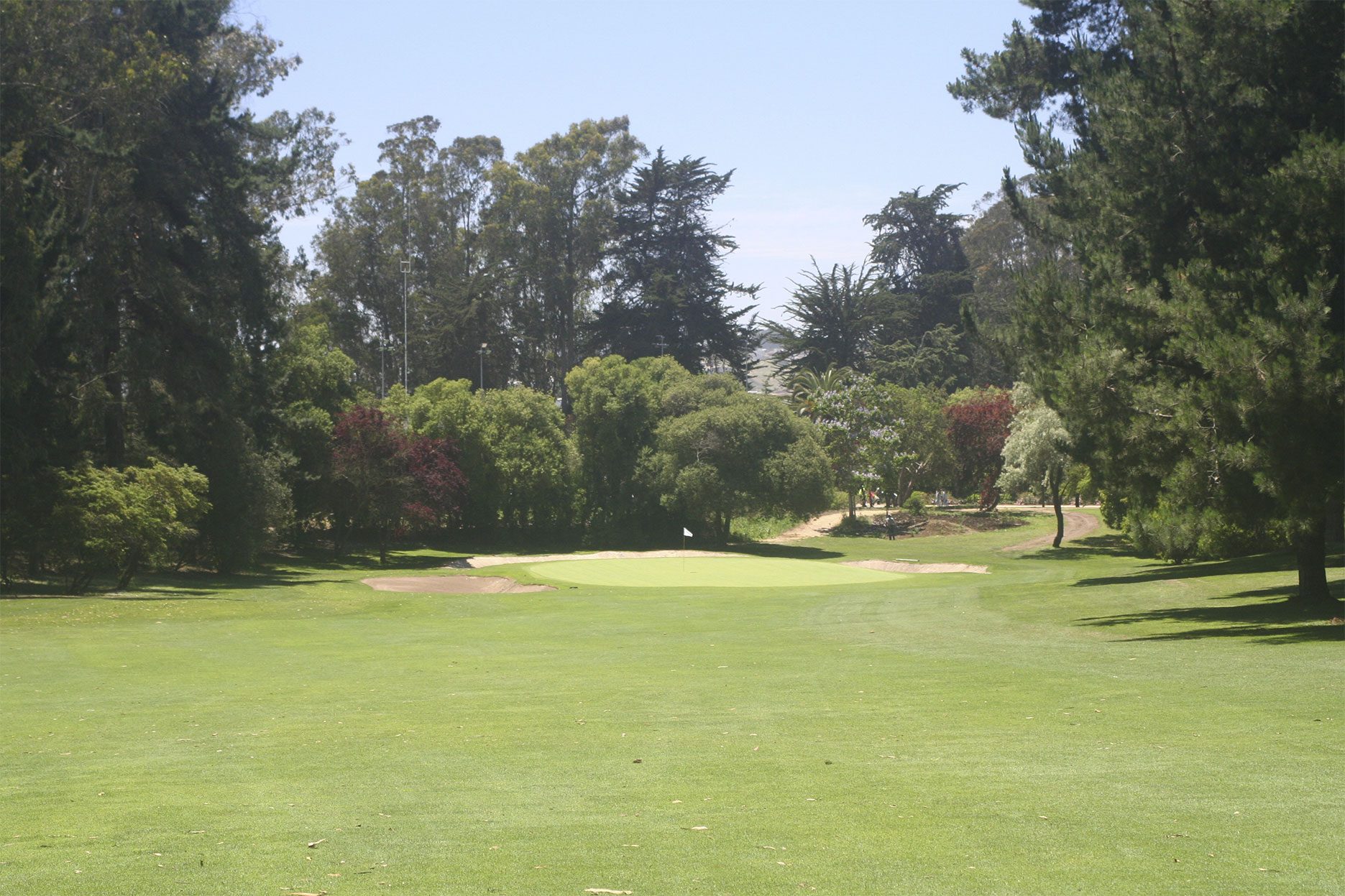-
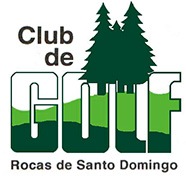
-
Club de Golf Rocas de Santo Domingo
The Club de Golf de Santo Domingo is one of the oldest and traditional golf courses in Chile. It covers an area close to 90 hectares and today comprises a 27 hole golf course: The original 18 holes dating back to the 40’s and the additional 9 holes built in 1999.
This course belongs to a select group of « evergreen » golf courses, its main feature being its lush forests of pine and cypress trees. This, coupled with undulating topography, typical of the Chilean coast, gives a uniqueness to every hole in the colorful landscape.
The fairways are a natural prairie that makes it very pleasant, and in general, the ball has a very good lie. The greens are built on native soil with poa annua. The greens are very fast, with steep slopes, requiring a lot of skill.
In recent years the course has been managing the original forest with reforestation, since the original species (conifers) are reaching their useful life.
The playing of the golf course is done playing either two of the three 9-hole loops. The red course corresponds fully to the first nine holes of the original golf course, and the following nine holes of the original course have combined with new holes to form the blue and white course.
In traditional championships, like the Open and the interclub, it is authorized to play on the original 18 holes, which constitutes a unique opportunity for the older golfers to play on the historical course they knew. And, for the new golfers, to experience the most beautiful golf course in Chile. An almost unanimous opinion of golfers that know the course, consider it one of the most beautiful and challenging golf course in South America and it is one where everyone wants to return to play.
In 2013, the club commissioned us to do a full review of the golf course, which was presented to the club in a global master plan document. The intention of the golf club is to undertake progressively this master plan, rebuild the greens, renovate the existing bunkers, place additional bunkers and modify some tees. These works began in 2016.
